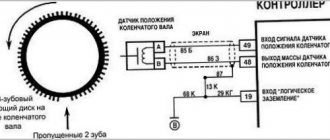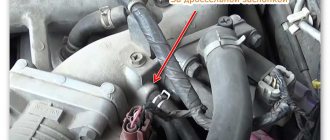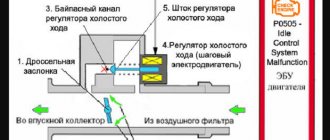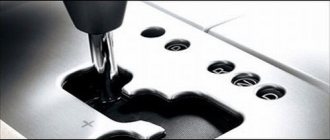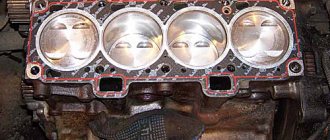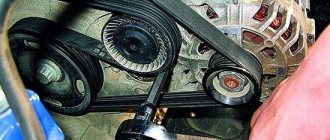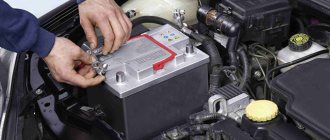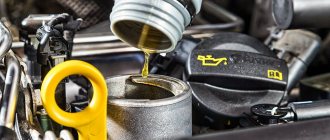What is a terminal
A terminal is a type of clamping device.
Its purpose is to provide a strong connection between the two ends of the electrical wiring to each other or to the power source. In connection with cars, the most common reference is to battery terminals. They are made from metals with increased current conductivity. The stability of the electronics depends on the quality of these elements. Due to constant exposure to moisture in the air, they can oxidize.
What types of terminals are there and how to protect them from oxidation?
Basic information about battery terminals
A car battery stores energy and then uses it to start the engine, operate headlights, windshield wipers, and transmit current to all the car's electronics when the engine is not running. The vast majority of models use lead-acid batteries. To choose the right battery, the material does not matter as much as other characteristics. Batteries are also selected according to the purpose of use, charging method, and possible additional functions also play a fairly important role. Naturally, when choosing a car, they do not attach much importance to the battery that suits it, because there are more important and interesting characteristics. With all the variety of manufacturers, there are only a few criteria when choosing a battery.
There are two types of devices: batteries that need to be maintained, and those that do not need to be serviced. The fact is that in the first case, the car owner has the opportunity to replace failed parts during operation of the device, but in the second case, the battery is sealed - it does not need to be regularly inspected or filled with additional water. The charging method also plays a decisive role. There are charged and dry-charged batteries. The only difference between them is that for dry-charged ones it is necessary to mix special components in complex proportions to obtain the liquid poured inside. So, if you don’t want to bother with complications, choose charged batteries. There are also special lids with a separation system. They protect the electrolyte from spilling out and the water from excessive evaporation.
Types of terminals
The types of battery terminals depend on:
- battery polarity;
- installation diagrams;
- connection forms;
- manufacturing material.
Battery polarity
Car batteries produce constant current. Therefore, when connecting an electrical circuit, it is extremely important to observe polarity. The “+” contact cannot be directly connected to “–”.
In car batteries, the contacts are located on different sides of the case. Modifications for trucks are equipped with contacts on one side. All batteries differ in the location of the output contacts.
- Straight polarity. Such batteries are installed in domestic brands of cars. In them, the positive contact is on the left, and the negative contact is on the right (Fig. 1 and 4).
- Reverse polarity. In foreign cars, a variant with a reverse (compared to the previous modification) arrangement of contacts is used (Fig. 0 and 3).
In some batteries, the terminals are connected diagonally. The clamping contacts can be straight or curved to the side (to prevent accidental contact). You need to pay attention to their shape if you are using a battery with limited space near the contacts (Fig. Europe).
Connection diagram
The most common wiring diagram for the electrical system is from the top of the battery. To prevent the motorist from accidentally mixing up the polarity and damaging the equipment, the contacts on the batteries have different diameters. In this case, when connecting the wires, the owner of the car will not even be able to attach the terminal to the output contact of the battery.
